The Future Sounds of Mzansi
Post-Apartheid Mzansi is a bedrock for innovation. Here’s how cross-disciplinary collaborations are signalling a move towards a new, exciting sonic reality.
Fox Street, Johannesburg
Maboneng, the once-lauded hub of creative expression located on the Eastern edge of Joburg, is going through a post-gentrification slump. The art galleries, the creative hustlers, the funemployed hipsters and the clubs that gave many a live band space to vibe out weekly, have given way to peak capitalist expression, inner city-style. The sound of horns from marching bands, the chords strummed from the necks of ageing guitars by busking musicians, the high-pitched, multi-range voice of the lady who sings for her meal in front of tourists and locals. These are being replaced, drowned out by the ominous subwoofer thud which emanates from eating establishments that moonlight as liquor centres.
This season's soundtrack is amapiano. The mainstream version, not the complex patterns that have long been exchanged over Facebook groups and receiving major play in taxis on the Pitori CBD to Soshanguve route. But Joburg's never been a city where a singular view of various layered pasts suffice. It's a place informed by multiplicities that manifest the longer you focus your attention on the unseen, unacknowledged, un-loud bits.
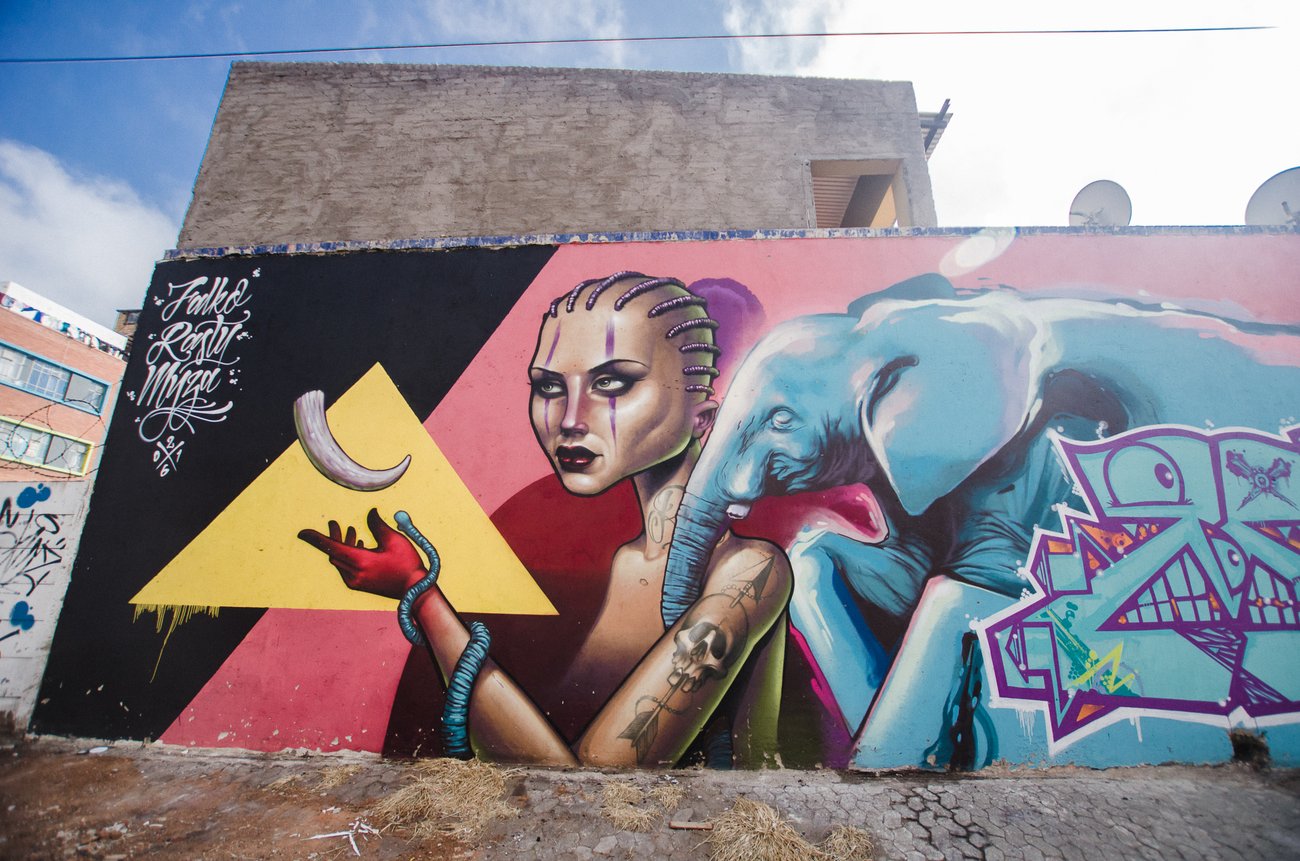
Further down Fox, heading towards Arts on Main, the sidewalks choke with a range of market dwellers peddling their crafts - vintage clothes, second and third-hand books - to anyone who's interested in buying. Up-street, engulfed in the confusion of that excessive consumption, a table packed with some of the dopest photographers, musicians, writers, illustrators and fashion designers the city has to offer rattles uncontrollably.
Its occupants talk about a range of things - they exchange ideas; they collaborate on short and long-term projects; they seek out and pursue lucrative business opportunities and, if those aren't forthcoming, they make the pots happen on their damn own. In many ways, the city's going through the same cycle it went through a decade ago, when Spoek Mathambo and the Blk Jks were poppin', and streetwear and lifestyle event Str.Crd was serving sneaker sensibilities on the same sidewalk that is occupied by a different audience nowadays.
Elephants In A Room
"You really can’t talk about any aspect of your history or culture without there being that big elephant in the room, that we were really affected by Apartheid," says Sho Madjozi, who's crispy fresh from winning Best New International Act at the 2019 BET Awards. "People will be trying to just talk about a garment and end up talking about the history of an ethnic group and the history of black people in this country."
She's a favourite among Mzansi citizens. On-liners nearly broke the internet upon hearing the news she'd bagged the BET award. She fully acknowledges her privileged position and has in the past used it to add her weight to issues that have gripped social discourse way before her time. When a back-and-forth about colourism made waves on Twitter recently, Sho had to get involved.
"After the BET (award)...the conversation really got out of hand," she told fellow rapper Gigi Lamayne during a special broadcast on radio. "I personally feel there is some truth to it. I think there is a lot of truth to this matter [that colourism affects how one is received by the public]."
Sho had tweeted "sometimes women won’t be given a chance unless they’re light skinned, half-naked, have a big boody [sic] (but with a small waist,) wear a weave etc."
She further elaborated: "I can’t be expected to stop being great because colorism [sic] exists. But I can try to use my platform to speak out against colorism [sic], I MUST speak out when I see people being treated unfairly because of color and I can try to amplify the voices of talented dark-skinned women."
Of Collaborations & ‘Owning Our Shit’
This intentional solidarity, demonstrated not only by her but by other women who've got platforms and can access wide-ranging audiences, has been exciting to watch from the sidelines. Part of the current crop of artists who get to dominate the mainstream are, to a large extent, operating as independents. This has effectively shifted the discourse from talking points that align with record labels and their PR people's mandate, to that which reflects artists' true feelings. Add social media's insta-accessibility to these figures, and an entirely new paradigm presents itself.
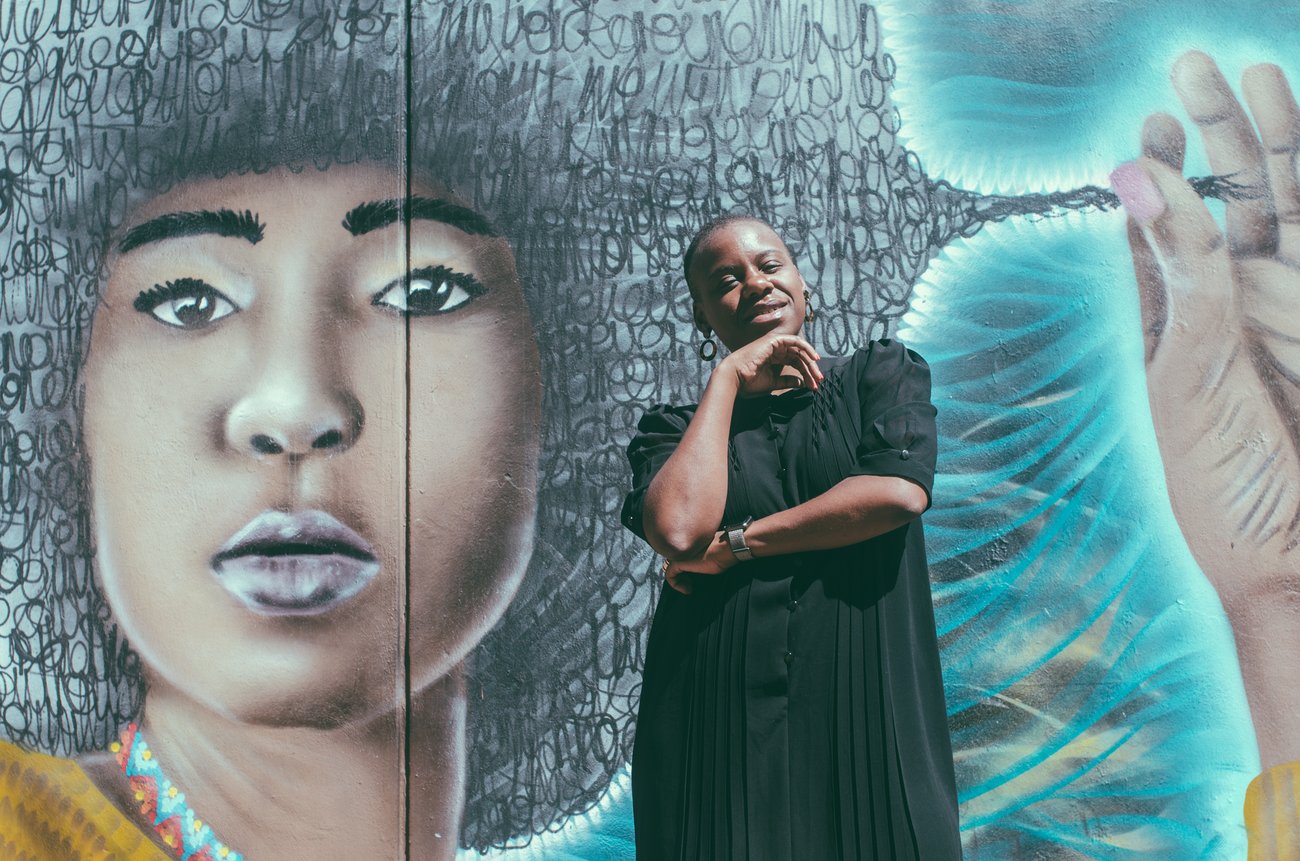
Label owner and artist Jackie Queens (pictured above) saw how women in SA house music have been, and are still, being silenced and erased over time, and has been active in utilizing social media to celebrate those who've made an impact on the scene worldwide. At a gig held in the Braamfontein precinct recently, she called upon the services of fellow artist and photographer, Andy Mkosi, to document the night. The two had also collaborated with on a Jackie Queens-curated project, Girls II, an r&b/soul collection featuring other women admired by the vocalist.
Regarding her decision to self-release her music through the Bae Electronica label, Jackie Queens says, “ music is my generational wealth. People [also] have their own intentions, their own motives for doing things. Where I'm not releasing it on my own, I make sure that I've got everything in place to make sure that I get what is mine from that."
"I laugh about it being generational wealth, but as black people, history will tell you that we've been disenfranchised. People have been stealing from our cultures, intellectual work...people have died poor, even though they have made really successful music." It's not to imply that she expects her music to be big. "It's a great deal of work to just hand over to someone else. Whether it gets on a Billboard chart or whatever, it's mine," she asserts.

Commenting on her knack for cross-disciplinary collaborations, Jackie Queens said she enjoys "thinking together” with people. "It's exciting when you bring ideas together, and you sort of chisel what is a rough thing into something very specific and beautiful...you learn a lot in that way," she says. Mutual respect is key for her. By bringing someone else in, "you let go of the need to control something.”
This approach has distilled a creative environment where every member of the team feels that they are part of something greater than the sum of its parts.
Besides being an active participant in both the music and photography disciplines, Andy Mkosi hosts This Audio Is Visual, a podcast "aimed at engaging photographers about their journeys and their creative processes." Formerly based in Cape Town, Andy moved to Jozi earlier this year due to the latter city's lack of support structures, especially for black and brown people who create work outside of the scope of what is deemed normal. Among her other collaborative projects have been those exploring what it means to be a queer person living and existing in modern day Mzansi.
The vibrant resurgence happening on the Mzansi music scene at the moment is additionally exciting in that makers consider themselves a part of a larger community. People aren't just creating music in isolation; they are considering what happens in the fashion world, they bear witness to what happened during #RhodesMustFall and #FeesMustFall -- countrywide, student-led protests which occurred during 2015 and 2016; and they pay attention to the issues that affect them, their friends, and the broader society.
Gender, Genre, Generations
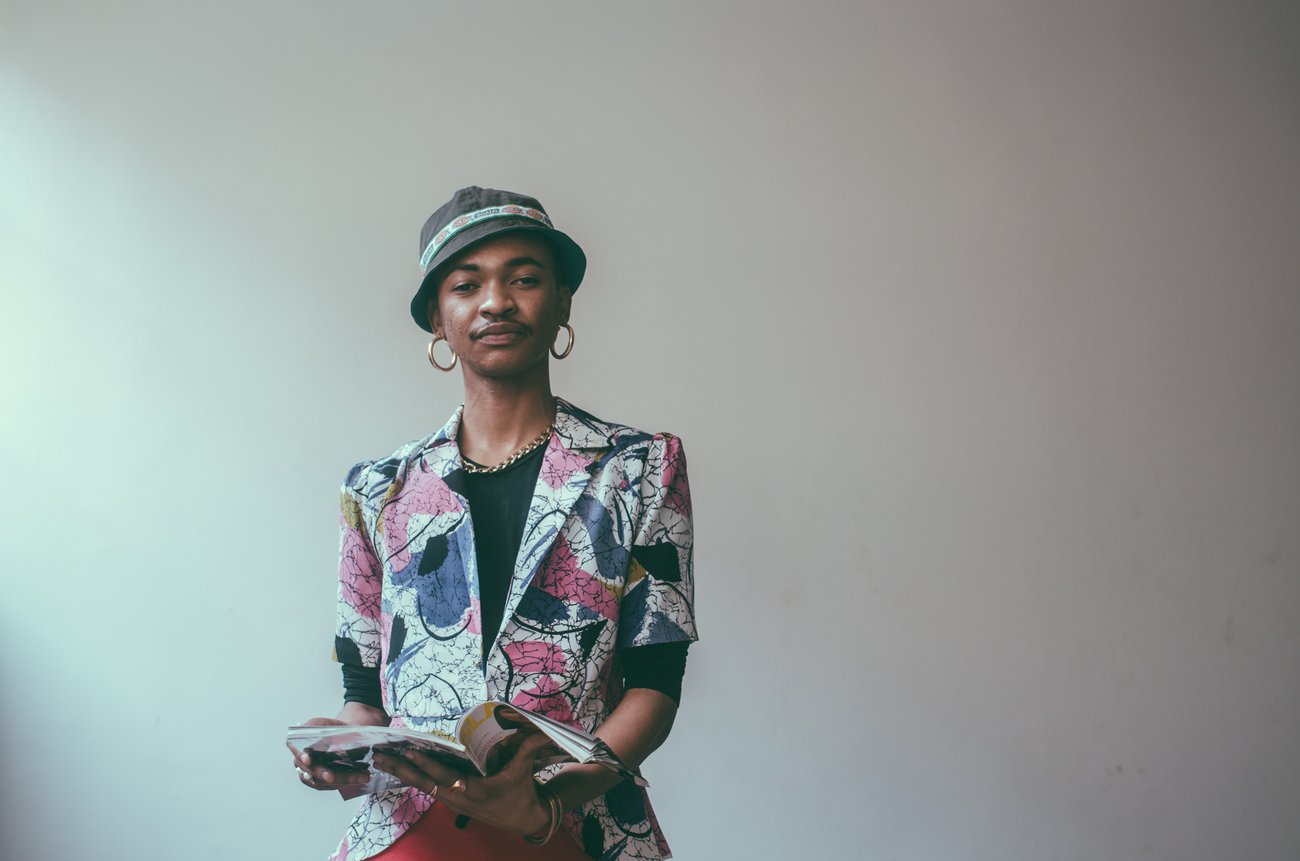
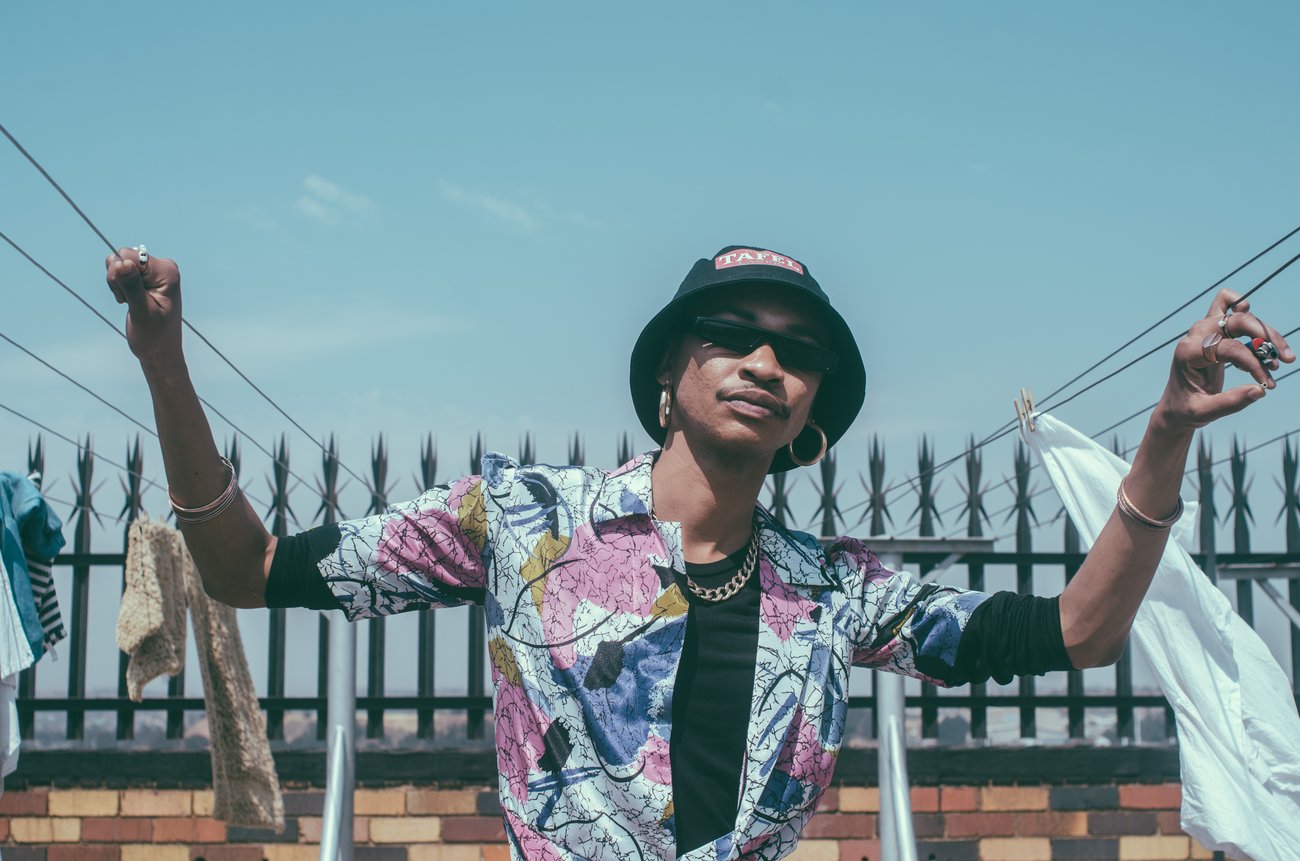
Mx Blouse (pictured above) is a gender non-conforming kwaito artist with a storied presence in the fashion world. Their approach to music, therefore, focuses on the songs, and the overall aesthetic appeal of them as a being free to exist, to be, to assert themselves fully in the world. Often, artists such as them are relegated to the underground. Increasingly, however, online worlds that centre people like them are manifesting in real life through events such as the FAKA duo's Cunty Power, and LeloWhatsGood's Vogue Nights Jozi.
For Mx Blouse, there are no limits to creative expression, irrespective of whether one decides to stick to one medium, or to stretch their art across disciplines. "It’s not even a conscious thing. You could be a painter or writer, it’s always somehow discernible from how you dress and carry yourself that you are a creative person. Still, I am perhaps more deliberate than most in how I express myself through fashion. It’s an extension of my artistic expression as well as my identity. My work is very much about that and my identity as a South African youth in 2019 combines so much history and influences," they say.
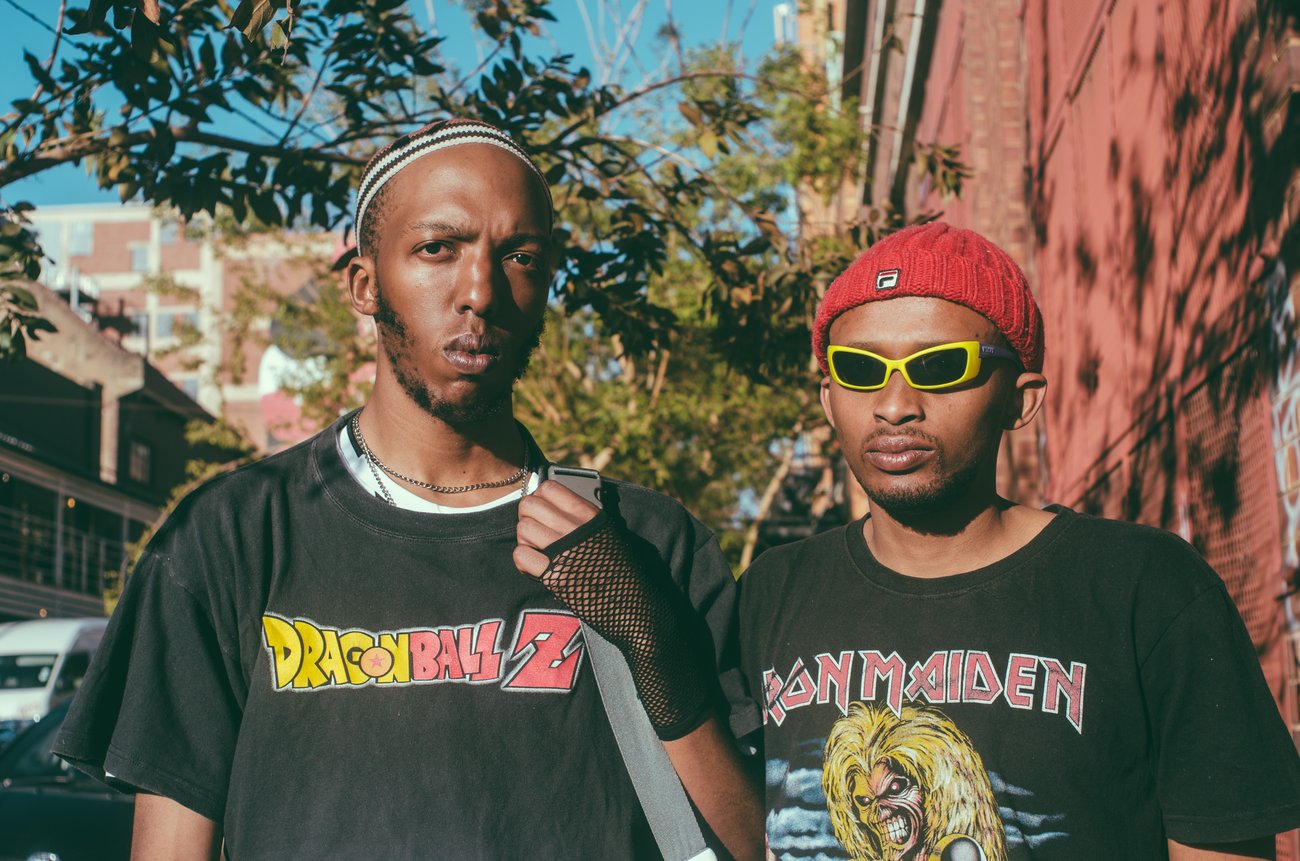
They add: "It’s kwaito, it’s house, it’s hip-hop. It’s growing up in both the township and the suburbs watching SABC 1, and MTV, Bruce Lee, Disney and American sitcoms while paging through my mom’s copies of Cosmo. I am non-binary and so I also like to reflect that in how I dress. There’s no part of my identity that I want to leave up to someone else to define."
Stiff Pap (above) are a Joburg-based electronic music duo consisting of producer Jakinda and rapper Ayema Problem. Talking to what inspired the sound of their current EP entitled 'Stiff Pap Radio,' Jakinda says that their idea was to "create a fresh sound that was cutting edge and all these things that we've been labelled."
"It was inspired by things that already existed like kwaito, gqom, and the electronic music that we were coming across [while based] in Cape Town.”
Experimentation, Impact, Reach
There is a distinction that needs to be drawn between going pop and having an impact; the latter can be achieved without the former. The reality remains that, in a market such as Mzansi's where terrestrial broadcasting outlets determine who pops and who doesn't, artists in pursuit of independence tend to suffer. Andrew Curnow, co-owner of the experimental label Mushroom Hour, understands this dynamic. Yet, the label still pursues and finances releases by left-of-centre acts like Thabang Tabane and Sibusile Xaba, who've had a better reception in Europe than they've been afforded in their own territory.
Among the label's forthcoming releases is Deliverance, a cross-discipline affair featuring drummer Tumi Mogorosi and pianist Pule Pheto on piano, completed by illustrator Mzwandile Buthelezi who does live painting during their performances.
Mushroom Hour's interpretation of 'experimental' has to do with how they approach their practice. "We were initially a show on a friend’s pirate radio station. We started recording things because the radio station went defunct. We started visiting poets and doing sessions with vinyl where they would [recite] poetry. We then started pulling musicians together and doing these jam sessions, putting musicians together that wouldn't ordinarily play together, and record that."
They didn't know how to record, how to produce, what the outcome would be, and the musicians didn't all know each other. This is how the 'experimental' aspect filtered through. Other musicians then approached them to release their music.
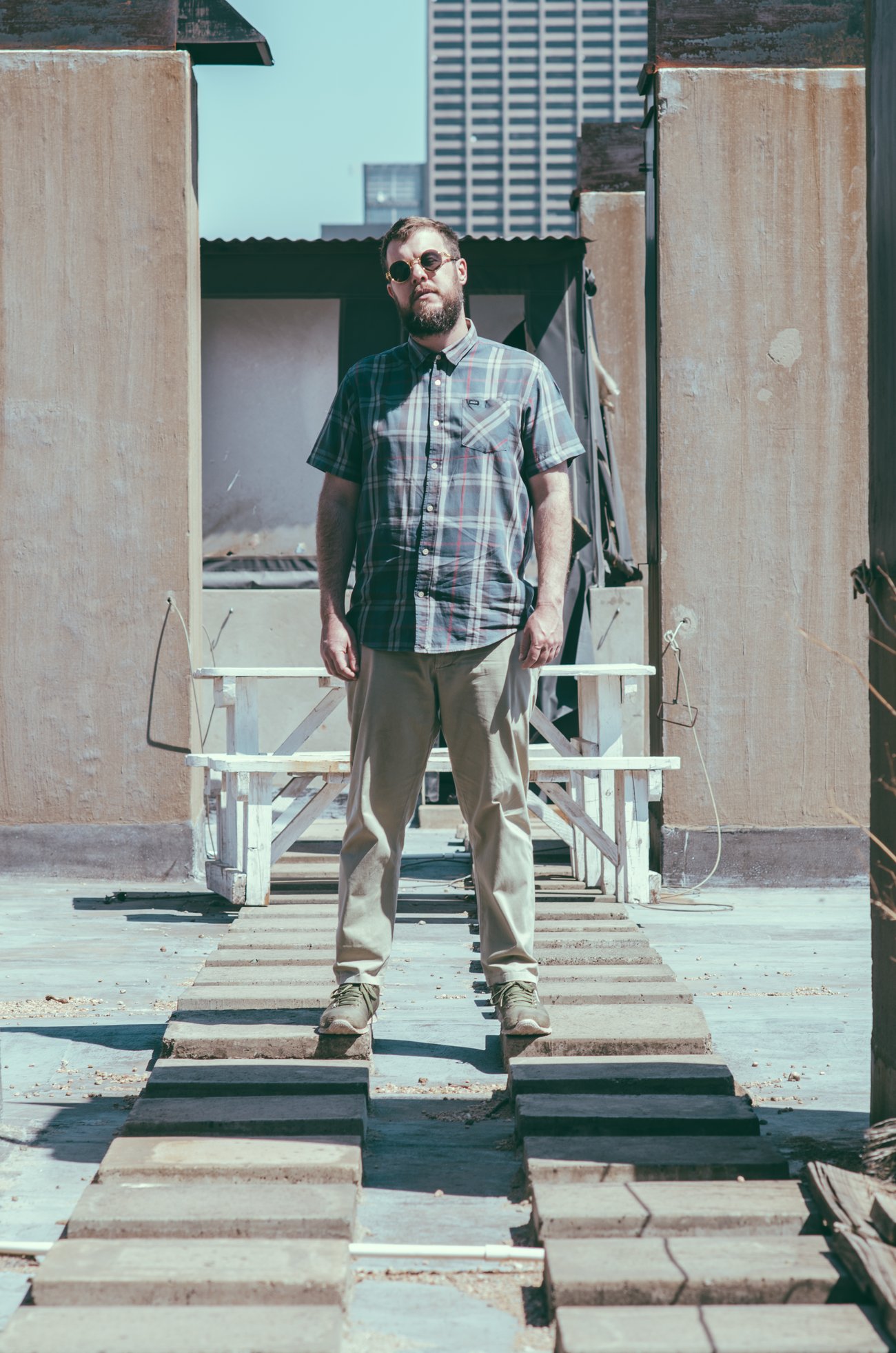
"We have a mobile studio. We'll set up anywhere; it might be in the mountains, it might be in the city. We never really know what's gonna happen at the end of the day. It's more about the sensitivities between everyone involved," Andrew (pictured above) says.
All over this intense, soul-scorching city, people are creating and imagining spaces anew. For Mx Blouse, "it’s about imagining what a queer, gender non-conforming pantsula with a global outlook looks like." In Jakinda's view, gaining scene-wide respect through incremental hard work is the aim. "We are artists first, before we are kwaito musicians or rappers. We see music as a very expressive form of art."
In the time it took to research and write this article, Sho Madjozi's "John Cena" received a co-sign from the World Wrestling Foundation. Shortly before that, Busiswa, Moonchild and DJ Lag appeared on the Beyonce-curated Lion King soundtrack. Further back, still, the city rejoiced from their laptops and mobile phones as Nakhane festival- and continent-hopped to the rhythm of his own booty shake; it cheered on Maxhosa and Rich Mnisi as models paraded on the world's runways while draped in their designs, as Thebe Magugu won the LVHM prize -- the first African to achieve such; it went buckwild when Nelson Makamo's art made it onto the cover of Time magazine.
The new sound of Mzansi is already underway. It’s gender non-conforming, it’s outernational, and it’s coming for every single thing.
Written by Tseliso Monaheng
Artist profiles provided by Rethabile Bots'onyana Phakisi - follow her on IG here
Street art photography provided by by Tseliso Monaheng
The Boiler Room x Ballantine’s True Music project is a long-time partnership connected by a common interest in music, the different places it comes from and the communities behind it. Over the past five years Boiler Room and Ballantine’s have thrown parties in more than 28 cities, and have worked with more than 220 artists across the globe, documenting local music stories along the way. In 2019 Boiler Room x Ballantine’s True Music announced it will champion True Music artists, fans and crews by facilitating positive change in music communities around the world, giving a platform to those in the scenes, supporting initiatives and of course hosting great events with great drinks.
Listen to all editions of the Sounds of mix series here.
